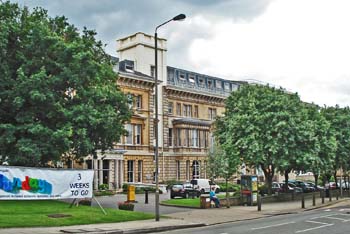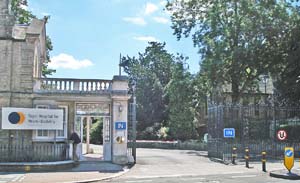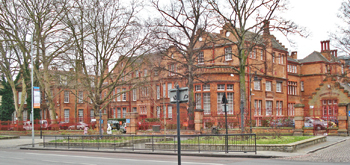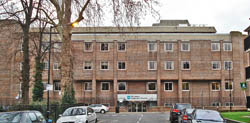Originally posted by Jeff Leahy
View Post
yes of course, but what im trying to get at as with my exchange with Wicker, is if neither Schwartz or Lawende is the witness then the men they saw-BS man and sailor man-cant be the suspect.
so an unknown witness sees something and someone, presumably with one of the victims the night of the double event (or was it earlier-with an earlier victim?). If its not sailor man or BS man who is it? when did the unknown witness see the suspect? where did he see the suspect? what was taking place when the witness saw the suspect?








Leave a comment: